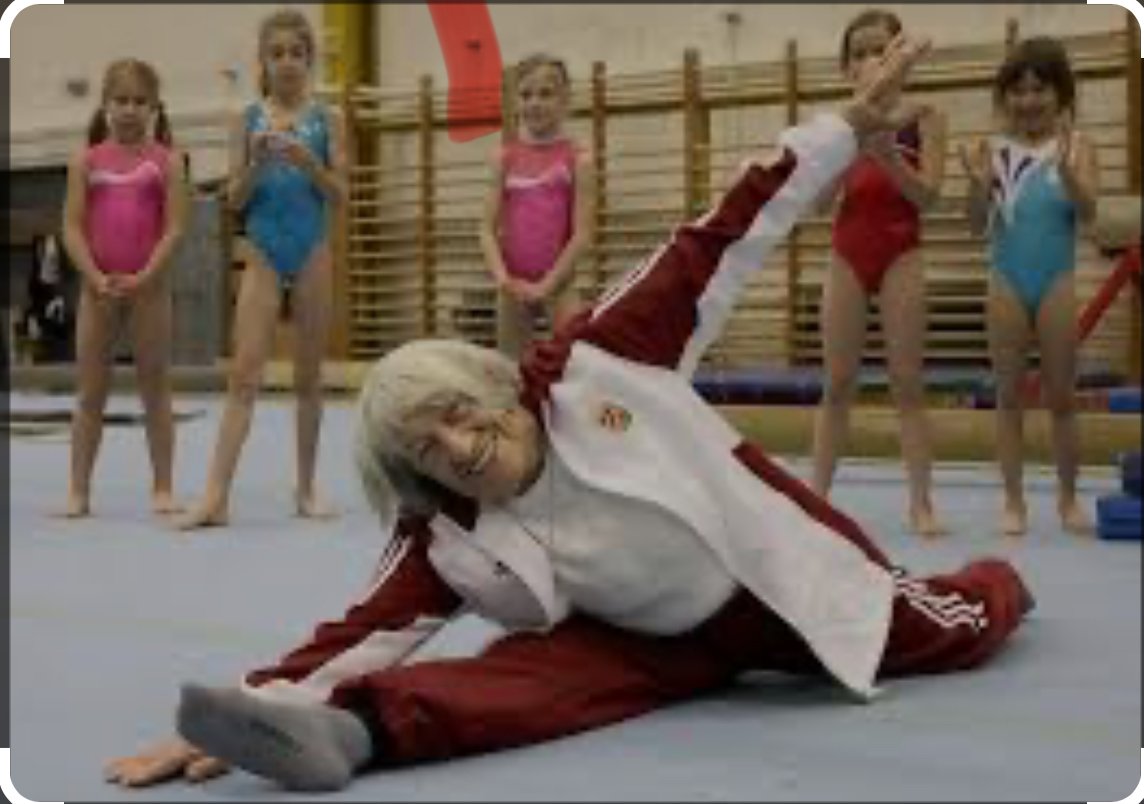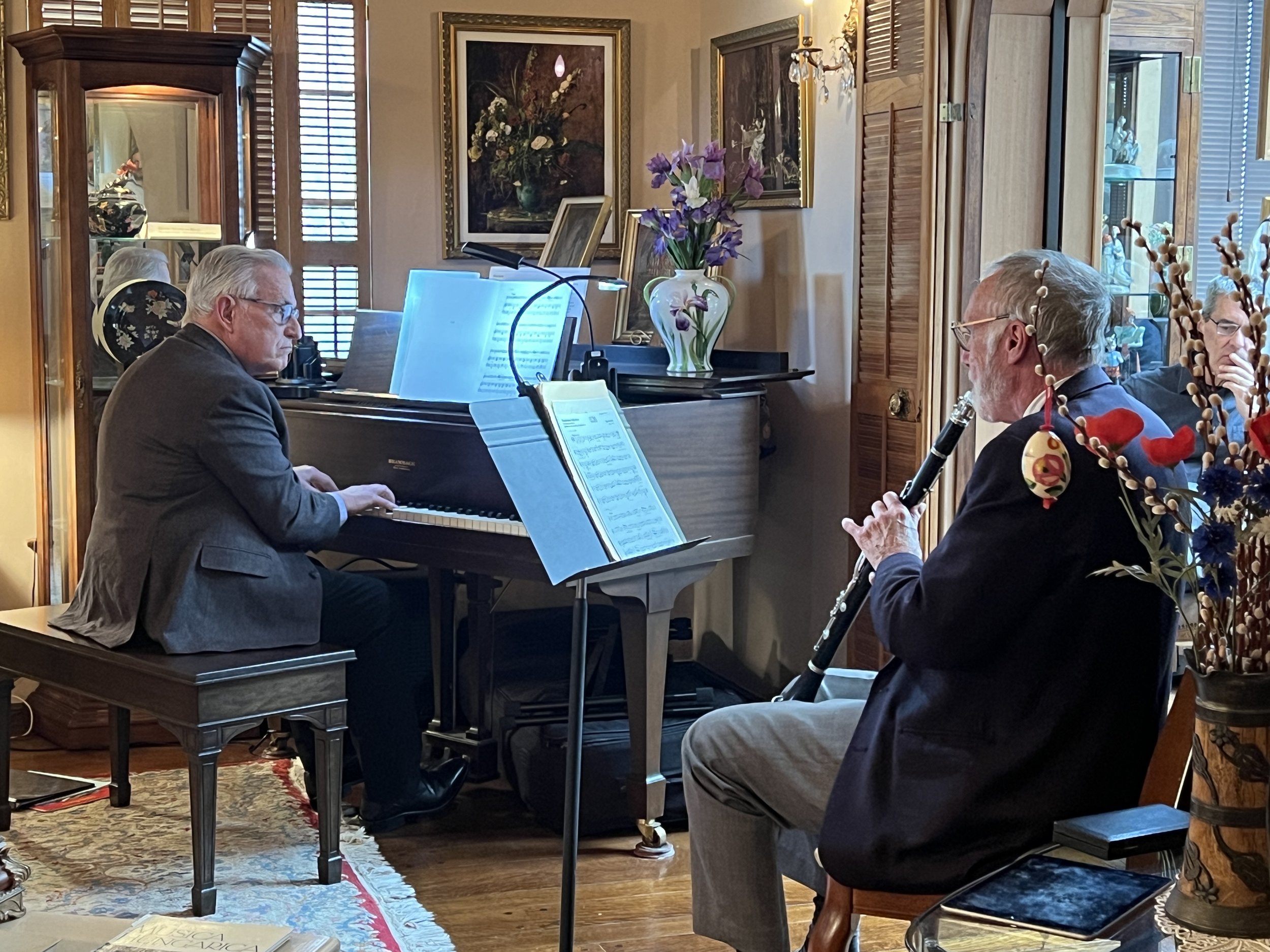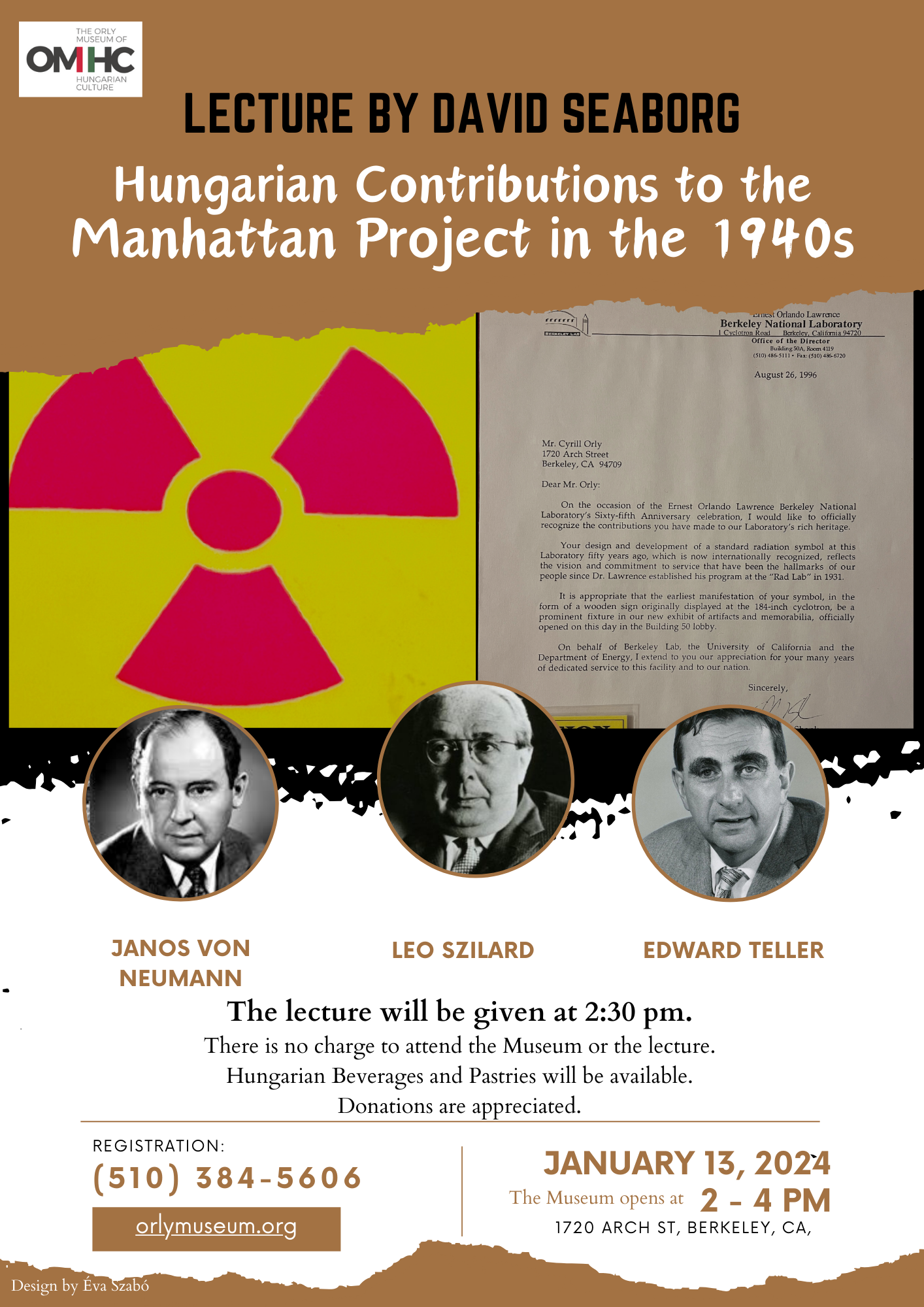


Lajos Nemeth Exhibition and Art Sale
The Legacy of Lajos Németh
Lajos Németh was a beloved Hungarian cultural figure, known for his unwavering dedication to preserving Hungarian traditions, particularly through folk dance. Born on October 25, 1930, in Enese, Hungary, Németh's life was marked by his passion for Hungarian culture, dance, and history. His early years included service in the Hungarian Air Force and work as an interior decorator, but his true calling was folk dancing, which he taught with zeal across multiple countries.
In 1956, following the Hungarian uprising against the Communist regime, Németh fled Hungary and continued his cultural work in Innsbruck, Austria, where he taught folk dance to students. By 1959, he had moved to the San Francisco Bay Area and founded the Hungarian Folk-Dance Club of San Francisco. This group filled a cultural void for Hungarian-Americans who had been forced to leave their homeland but longed for the familiar joy of traditional celebrations.
Under Németh's leadership, the Hungarian Folk-Dance Club thrived for over fifteen years, with more than two hundred young men and women joining the ensemble. His impact extended beyond just teaching steps; he instilled in his dancers the spirit and cultural richness of Hungarian folk traditions. Many former members fondly recall how he fostered a deep connection to Hungarian heritage that shaped their lives.
Beyond dance, Lajos was a pillar of the Hungarian community in the Bay Area. He played an instrumental role in the Walnut Creek-Siófok Sister Cities Association and volunteered in youth soccer and gardening, showcasing his love for community and nature. Even after his retirement, he remained a cherished figure in the Hungarian community, which continues to celebrate his life and contributions.
His legacy endures not only in the lives of those he touched directly but also in the continued celebration of Hungarian culture in the Bay Area and beyond.
The Lajos Németh Memorial Exhibition also aims to provide an opportunity for remembrance in a different setting. By purchasing the displayed images, visitors support the museum in fulfilling this mission for many more years to come.
Thank you for the two helpful write-ups to Kati Papp and Gyuri Kapus.
Éva Szabó

Special Harp Concert and 5th Anniversary Reception
Eseményszervezők /Event organized by: Elvira Orly, Éva Szabó

Photo Portraits of 1848 freedom fighters
The exhibition containts the unique photography work of Plohn’s. A collection of late-life portraits of renowned and unnamed 1848 freedom fighters and national guardsmen who were still living in Hódmezővásárhely and its surroundings more than fifty years after the War of Independence. Quoting historian György Szabad, the first Speaker of Parliament after the regime change, this collection “forms an integral part of our national heritage… and stands as a ‘more lasting monument than bronze’ to the common soldiers of 1848-49.”
Plohn's primary intention was documentation. His technically flawless photographs, made with superior craftsmanship, did not strive for spectacular artistic effects. In his compositions, he followed solutions inherited from the 19th century, particularly from painting: harmoniously distributing the visual elements in the foreground, middle ground, and background, mostly depicting them from eye level and normal perspective, often from a tripod. “The composition, expressive power, and immediacy of the images still captivate viewers today,” said ethnographer Magdolna Szabó. According to an advertisement in the Tanyai Újság, “Those who want truly artistically executed photographs should visit J. Plohn’s studio. Awarded with personal praise from His Majesty. Winner of first prizes, gold and silver medals at several exhibitions.”
The most significant national value of József Plohn’s work is his portraits of 1848 freedom fighters. “Even if he had left nothing else to Hungarian cultural history than this wonderful, poignant series of portraits, the late chronicle of the War of Independence in face-pictures, he would still be immortal,” wrote István Kovács in the introduction to the small catalog of the Komárom and Esztergom exhibitions.
In 1991, the American Hungarian Museum in Passaic exhibited 40 photographs by József Plohn from the collection of the Ethnographic Museum in Budapest. The exhibition was partially made possible by a donation from Prudential Partners. American Hungarian Museum, Publication No. 2, 1991.
Thanks to Kálmán Magyar and Éva Szabó these works were housed in the Örly Museum.
Source: Tőry Klára - Plohn József (1869 – 1944) élete és ritkán látott felvételei
Kiállításszervező / Exhibition organizer: Éva Szabó

Children's Book Reading: Ernő Rubic and his Magic Cube
This year marks the 50th anniversary of the Rubik's Cube, and the Hungarian invention has sold 500 million units worldwide.
On this occasion on June 8th, from 1:30 pm there will be a Children's Book Reading at OMHC.
The latest book by the renowned American children's author Kerry Aradhya is about Ernő Rubik and His Magic Cube. A few days before the official book launch, it will be available for children to pick up and have signed by author at the Orly Museum of Hungarian Culture's Book Reading.
Eseményszervező / Event organizer: Éva Szabó

Kids Fun Fest / Évzáró Mulatság
Outdoor program for kids and families
Get tickets here: orlymuseum.org/store
Eseményszervezők / Event organizers: Éva Szabó, Maria Rachidi

Full-Length Documentary about Ágnes Keleti five-time Olympic champion
Attendance is limited to 50.
Please register here: https://forms.gle/NRgoW1U83Sm33XxJ6
"Conquering time" is an intimate portrait of Agnes Keleti, the oldest living Olympic Champion, who made sport history of the 20th century winning 10 Olympic medals. She was born into a Jewish family in 1921, in Budapest. Her successful life is inseparable from the historical events she has lived through war, hiding, loss of family members, emigration, and statelessness. Despite of the indescribable physical and mental suffering caused by history nothing could tear her away from gymnastics. Agnes Keleti has conquered time more than once, proving that we must not conform others, but be faithful to our own principles.
Egész estés dokumentumfilm vetítés a rendező, Oláh Kata jelenlétében. A díjnyertes film, az ötszörös olimpiai bajnok, Keleti Ágnes életéről szól, aki szerint, ha az ember elég szerény, akkor az élet is szereti.
A film után Oláh Kata rendezővel Kovács István, SFSU professzor, író, rendező beszélget.
„Aki legyőzte az időt” Keleti Ágnesről, a világ legidősebb élő olimpiai bajnokról készült intim portréfilm. A torna sport kiemelkedő csillaga 10 olimpiai éremmel a XX. században sport történetet írt. A dokumentumfilm Ágnes egy évét követi, a 100. születésnapjától. A történet átélhetőségét gazdag archív felvételek és animációs betéteket segítik. Ágnes 1921 január 9-én Budapesten, zsidó családban született. Gyerekként először cselló művész akart lenni ám később a tornasport vált a szenvedélyévé. Ágnes élete elválaszthatatlan azoktól a történelmi eseményektől, amelyeknek részese, elszenvedője volt. Háború, bujkálás, családtagok elvesztése, emigráció, hontalanság. A fizikai és lelki szenvedés egy percre sem tudta eltéríteni a sport iránti szenvedélyétől. Izraelben talált második otthonára, ahol közel 60 évet élt, ahol a torna alapjait megteremtette, sportolók és edzők generációit nevelte ki. Szenvedéseit csendben, magában elviselve Ágnes sorozatosan győzte le az időt, bizonyítva, hogy soha nem szabad feladni céljainkat, nem kell mások elvárásainak megfelelnünk, csupán önmagunknak, saját elveinkhez kell hűek maradnunk.
Eseményszervező / Event organizer: Éva Szabó

Visit the Orly Museum free of Charge
The Orly Museum of Hungarian Culture will be open to the public on Saturday, April 13, 2024, from 2 to 4 pm with free admission. Guided tours are also offered at no cost. Visitors are invited to explore the museum and enjoy refreshments and homemade Hungarian pastries available for purchase.
You have the unique opportunity to purchase original paintings from the private collection of the late Josef Kertesz, the owner of Kertesz Fine Art in San Francisco. Each piece is an authentic work of art, and all proceeds from the sales will contribute to supporting the Orly Museum of Hungarian Culture.
These paintings, carefully curated from the private collection, offer a special and meaningful gift for the holiday season. By acquiring a piece from this collection, you not only add a beautiful work of art to your home but also contribute to the preservation and enrichment of Hungarian culture through your support of the Orly Museum.

Clarinet-Piano Concert
John Zorn, clarinet and Daniel Lockert, piano Classical Music Concert
Our performers will captivate you with their exceptional skills and passion for classical music
Hungarian Beverages and Pastries will be available for a donation.
Event organizers: Elvira Örly, Éva Szabó

Kossuth Lajos, a turini remete kapcsolati hálója az amerikai, valamint angol unitáriusokkal
Lecture in Hungarian / Magyar nyelvű előadás
“Kossuth Lajos életpályájáról könyvtárnyi az irodalom. Jelen előadásunkban a szabadságharc leverését követően az emigrációba kényszerült Kossuth kevésbé ismert amerikai és angol unitáriusokkal való kapcsolatának néhány mozzanatát kívánjuk ismertetni. Többek közt felelevenítjük azt, hogy a híres amerikai unitárius lelkész, költő és transzcendentalista filozófus, Ralph Waldo Emerson 1852. május 11-én Concord (MA) város nevében az Északi hídnál fogadta az odalátogató és a mindenki által éljenzett Kossuthot. Felvillantjuk a liverpooli unitárius lelkész Alfred Steinthal szerepét, aki Kossuth titkos ügynökeként közvetítő feladatot vállalt, hogy pontos információval szolgáljon megbízójának a magyarországi és erdélyi állapotokról egy esetleges újabb forradalom kirobbantása érdekében. Kossuthnak az unitáriusokról vallott nézetét is górcső alá vesszük, valamint azt a kultuszt, ami mai napig él az amerikai magyarok szívében.” Molnár Lehel
The lecture analyzes the less known relationship of Kossuth, who was forced into emigration after the suppression of the War of Independence, with American and English Unitarians, including his collaboration with Ralph Waldo Emerson and Alfred Steinthal. It also scrutinizes Kossuth's views on the Unitarians, as well as the cult that still lives in the hearts of Hungarian Americans to this day.
Eseményszervező / Event organizer: Éva Szabó

Farsangi vigadalom gyermekeknek - Children's Carnival
Event organizers: Éva Szabó, Maria Rachidi

Lecture by David Seaborg
Hungarian Contributions to the Manhattan Project in the 1940s
The Lecture by David Seaborg on January 13th is free to attend, but reservations are recommended. Please sign up here: https://forms.gle/4EzMLMN454HMLvnW7
On January 13, 2024 the Orly Museum of Hungarian Culture will host a
lecture by David Seaborg on Hungarian Contributions to the Manhattan
Project in the 1940s. David Seaborg will talk about the Hungarians involved: Janos von Neumann, Leo Szilard and Edward Teller, as well as the creation of the radiation symbol by Cyrill Orly.
The lecture will be given at 2:30 pm. There is no charge to attend the
Museum or the lecture. The Museum is located at 1720 Arch Street,
Berkeley and will open at 2:00 pm. Hungarian Beverages and Pastries will be
available for a donation.
David Seaborg lectures to organizations on the philosophical implications of science as well as other topics.
Event organized by: Elvira Örly, Éva Szabó



























